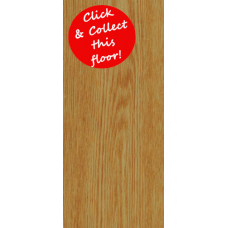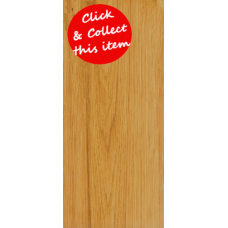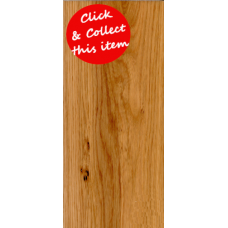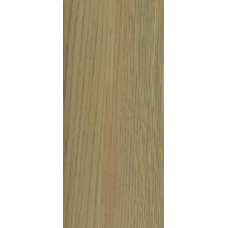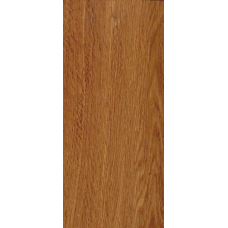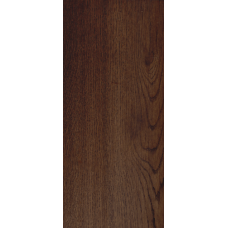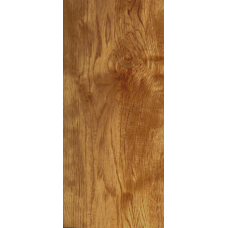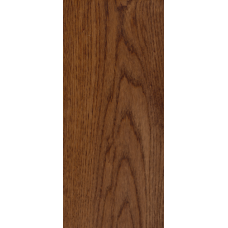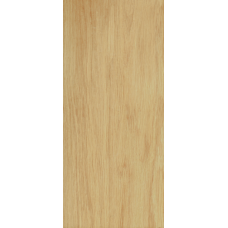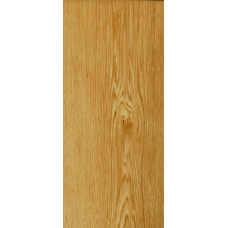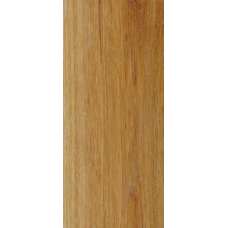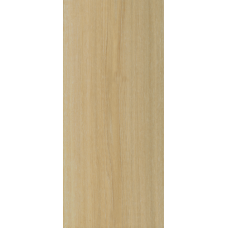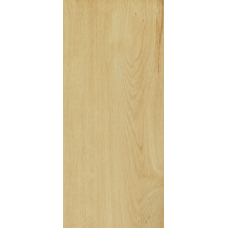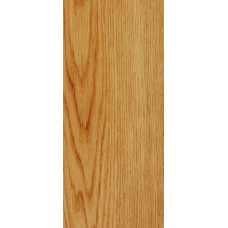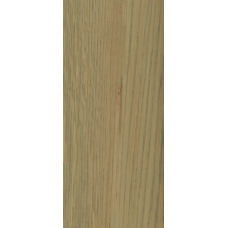Multi-layered floors

Okay, so what's the difference between a multi-layered floor and an engineered floor?
An engineered floor is a 3-layer construction with each layer running at 90 degrees to each other, counteracting the natural movement of wood and creating a very stable floor. The wear layer is normally 3 - 4mm, the softwood core 9mm and the backing layer 2mm, so the thickness of an engineered floor is no more than 15mm. In contrast, a multi-layered floor is usually made up of a wear layer of 3 - 6mm and a number of layers of 1.5mm plywood, all bonded together and running at 90 degrees to each other, creating a very strong floor anywhere between 15 - 22mm in thickness.
So which is better? Generally speaking the thicker the floor, the tougher it becomes, the downside being the increase in cost due to the amount of material used in its construction. Multi-layered floors are however able to support a thicker wear layer which not only makes them a lot more durable but also means that they can be re-sanded and resealed many more times than an engineered floor, giving them a much longer life. Some are thick enough to be used as load-bearing floors and can therefore be laid on joists. Most multi-layered floors have tongue and groove joints which means that they have to be glued together, although in some cases, such as on joists or timber sub-floors, they can be secret-nailed.
Click on any of the floors below to find out more about these fabulous floors!Refine Search
Basix BF06 Natural Oak Brushed and UV-Oiled multi-layered floor
A really stunning multi-layered brushed & oiled oak floor with a unique character. See, hear,fee..
£49.65 /m² exc VAT: £41.38 /m²
Basix BF12 1-strip Oak Brushed and UV-Oiled multi-layered floor
An amazing multi-layered brushed & oiled golden oak floor that really brings a room to life. Tal..
£72.41 /m² exc VAT: £60.34 /m²
Basix BF13 Oak Matt Lacquered multi-layered floor
A fabulous golden oak matt-lacquered, multi-layered floor, creating the perfect backdrop for any int..
£72.41 /m² exc VAT: £60.34 /m²
Staki 15mm x 180mm Oak Basalt LED-Oiled multi-layered floor
Bring a sense of richness and sophistication to a room with this unusual, brushed & oiled, multi..
Staki 15mm x 180mm Oak Smoked & LED-Oiled multi-layered floor
A stunning-looking smoked & oiled oak multi-layered floor, just oozing with class! No other..
Staki 15mm x 180mm Oak Ebony LED-Oiled multi-layered floor
A very dark oiled multi-layered oak floor redolent of a bye-gone age. Settle back and soak in the at..
Staki 15mm x 180mm Oak Cuba Smoked & Matt-Lacquered multi-layered floor
A stunning-looking matt-lacquered golden oak multi-layered floor, bringing a touch of magic to any h..
Staki 15mm x 180mm Oak Walnut LED-Oiled multi-layered floor
A dark oiled, multi-layered oak floor, redolent of a bye-gone age. Settle back and soak in the atmos..
Staki 15mm x 180mm Oak Blanc LED-Oiled multi-layered floor
An amazing light oak multi-layered floor with an oiled finish, that simply oozes class. Your home wi..
Staki 15mm x 180mm Oak Natural LED-Oiled multi-layered floor
A beautiful golden oiled oak multi-layered floor with the most amazing surface grain. Sheer class!&n..
Staki 15mm x 180mm Oak York LED-Oiled multi-layered floor
A stunning golden rustic, oiled, multi-layered oak floor bringing a touch of age and character to a ..
Staki 15mm x 180mm Oak Brushed and White LED-Oiled multi-layered floor
An amazing-looking, multi-layered, brushed & white LED-oiled, light oak floor. This floor will r..
Staki 15mm x 180mm Unfinished Oak multi-layered floor
Fancy having your very own unique floor? Need a floor to match to one you've already got but you can..
Staki 15mm x 180mm Oak BP Clear Matt-Lacquered multi-layered floor
A stunning-looking matt-lacquered golden oak multi-layered floor, bringing a touch of magic to any h..
Staki 20mm x 220mm Oak Basalt LED-Oiled multi-layered floor
Bring a sense of richness and sophistication to a room with this unusual, brushed & oiled, multi..

